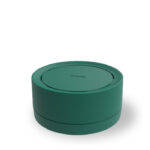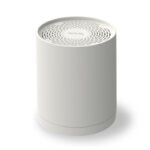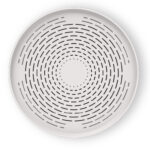Did you know that the microclimate affects our well-being?

Heating and humidity

The arrival of winter brings with it harsher weather leading, as it does every year, to the problem of indoor pollution that compromises the well-being of everyone especially children.
In the winter season, radiators and stoves heat the environment and tend to excessively dry the air we breathe.
Normally, humidity values should fluctuate in a range from 40% to 60% and are intended to be variable values in relation to the temperature of the environment.
In an overheated winter environment, humidity can drop quite a bit, reducing our defenses against airborne pathogens that can more easily enter through our airways.
Pollution in numbers
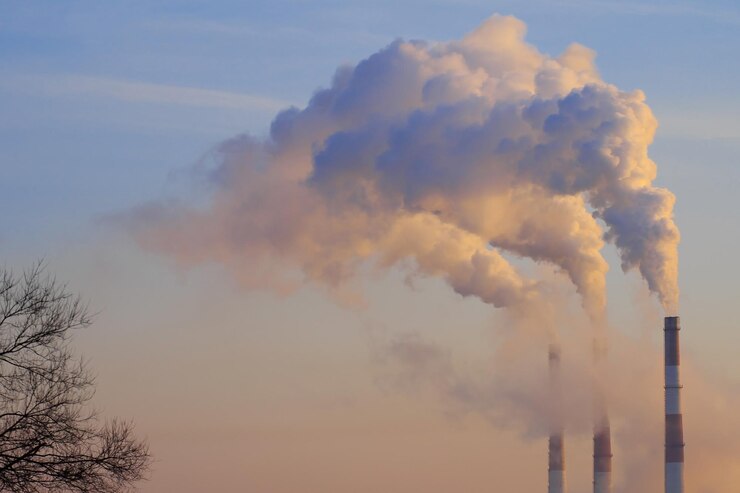
Air pollution has become the greatest health risk in the world.
According to the World Health Organization (WHO), Italy leads Europe in premature deaths due directly to air pollution with an average of 77,000 deaths per year. Out of 35,000 total deaths from heart attack or coronary events, 9,000 are related to exposure to pollutants, and out of 50,000 cases of stroke, 12,000 are related to environmental factors.
Pollutants: invisible and dangerous
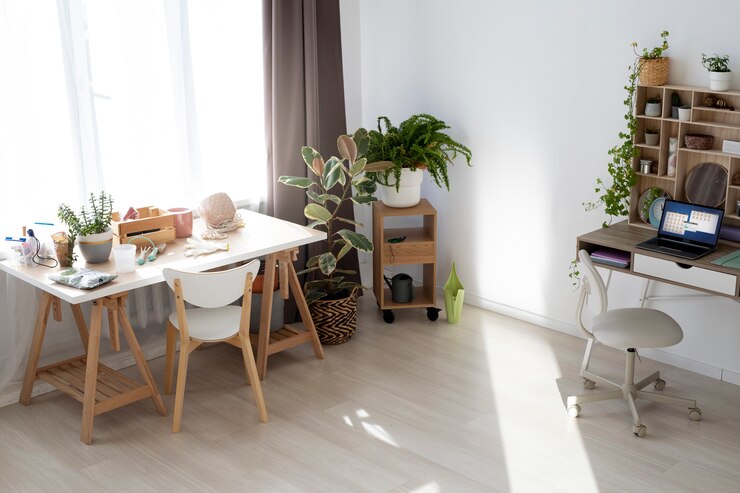
We tend to think that air pollution affects only and exclusively the respiratory system.
In reality, these toxic substances enter our bodies and are responsible for acute and chronic diseases that can affect other organs as well.
The WHO fact sheet reveals that there is a very strong link between exposure to air pollution and cardiovascular diseases that sometimes lead to the development of cancers.
If we could see with our own eyes the amount of pollutant material that is deposited in our lungs every day, it is likely that we would realize that the pollution factor is by no means to be underestimated.
Children are the most affected

Among those most susceptible to indoor pollution are children, particularly those of pre-school age.
Constant exposure to fine particulate matter very often produces in them a chronic inflammation of the respiratory tract with a whole series of symptoms well known to parents and pediatricians.
Rhinitis, sinusitis, laryngitis, bronchitis, and recurrent pneumonias are common conditions in children.
Flu syndromes, asthma, allergies and leukemia are the consequence due to air pollution.
The president of the Italian Hygiene Society, Antonio Ferro, concluded, ”To counter these phenomena, interventions on the environment around us will also be decisive, protecting the natural one but safeguarding and modifying the anthropic one. That of the indoor and working environment in general is an issue of crucial importance. Consider schools: it is estimated that among children 22.6 percent of allergies are related to indoor allergens in schools, and nearly 30 percent of school environments are inadequate.”
How to deal with it?

The biggest mistake we can make is to think that locking ourselves indoors is the solution to protect ourselves.
It is exactly the opposite.
Inside our homes, air pollution is up to 10 times greater than outside.
According to recent statistics on the impact of pollutants inside the home, it has been found that sometimes pollutants can reach levels up to 100 times higher than outdoors.
The first thing to do, considering that pollutants are perceived directly by our senses, is to keep a daily check on air quality to know what we are breathing and to prevent promptly in case of values that indicate a critical situation.

